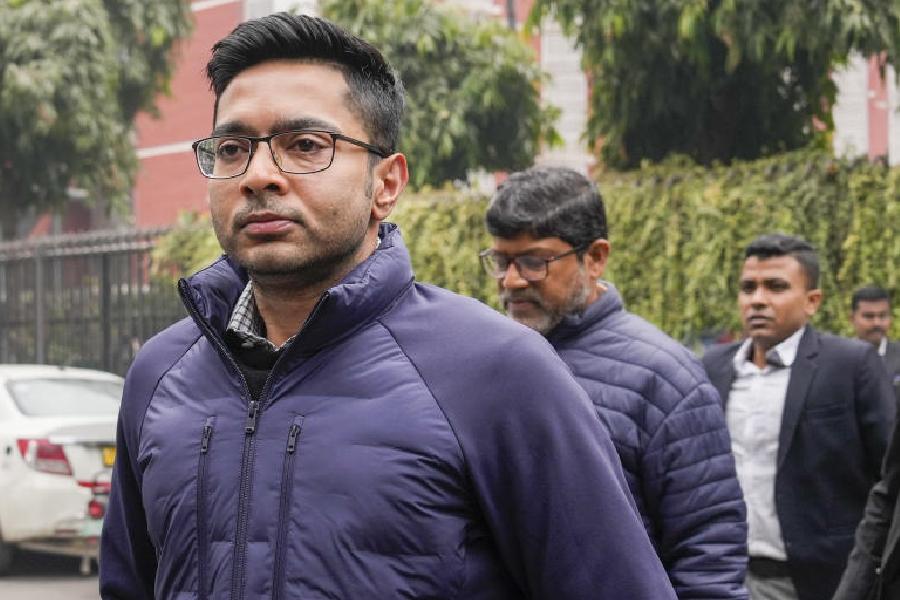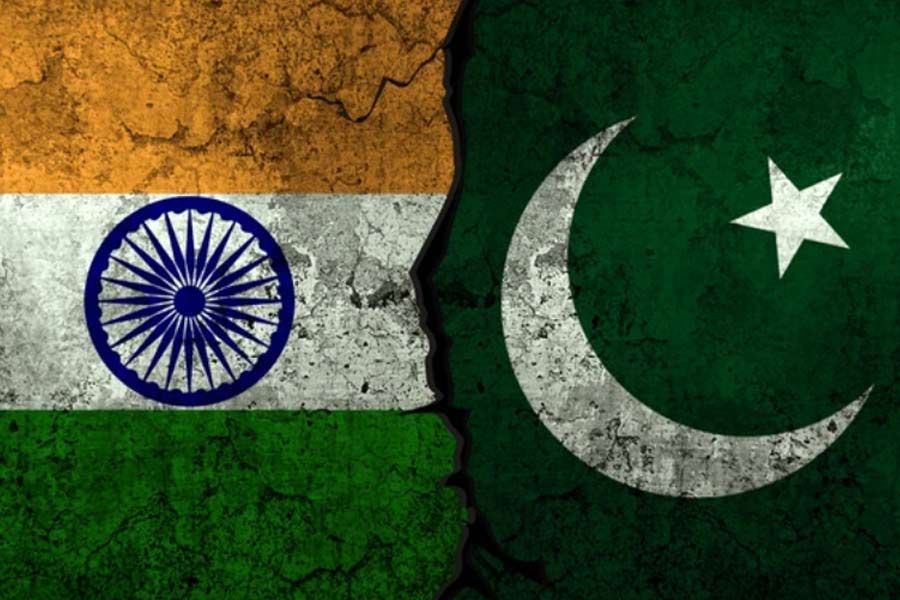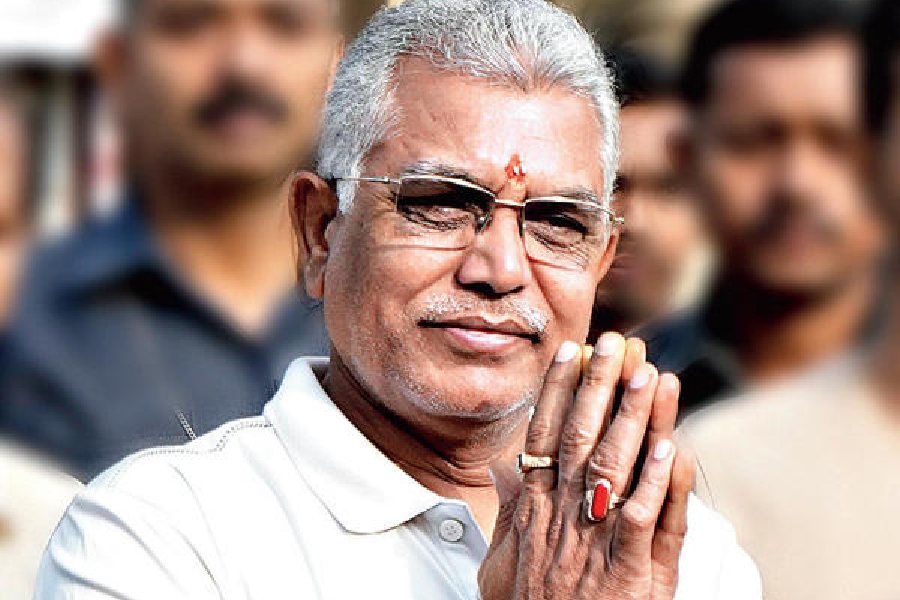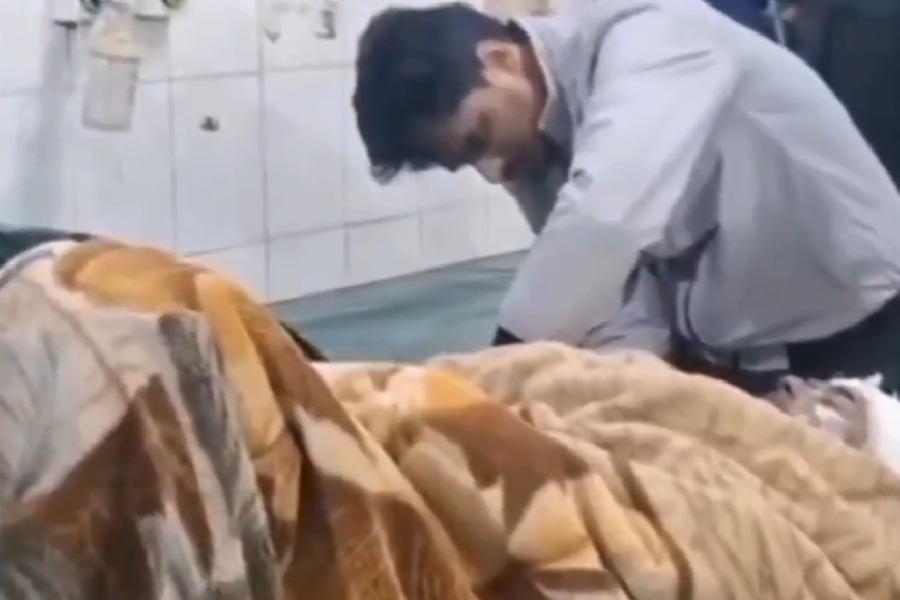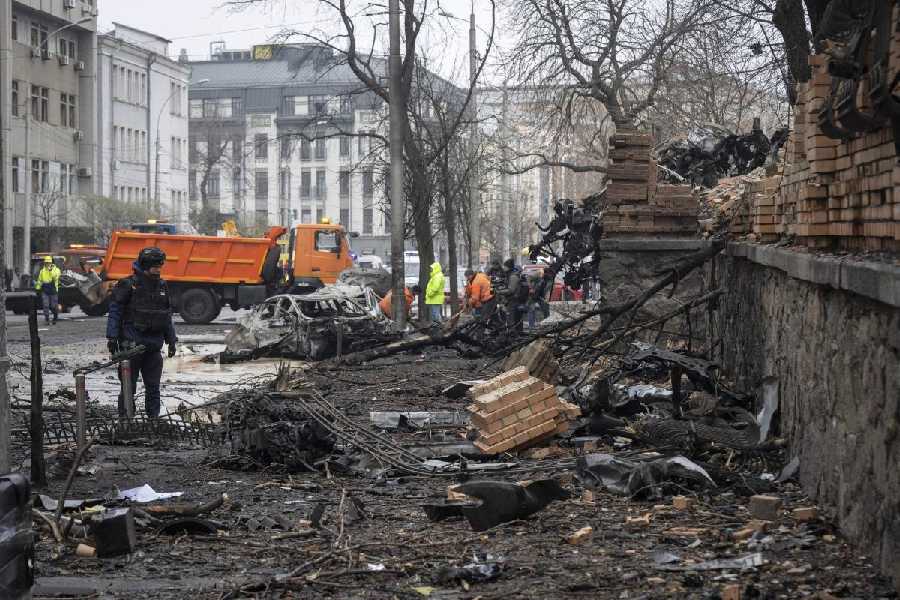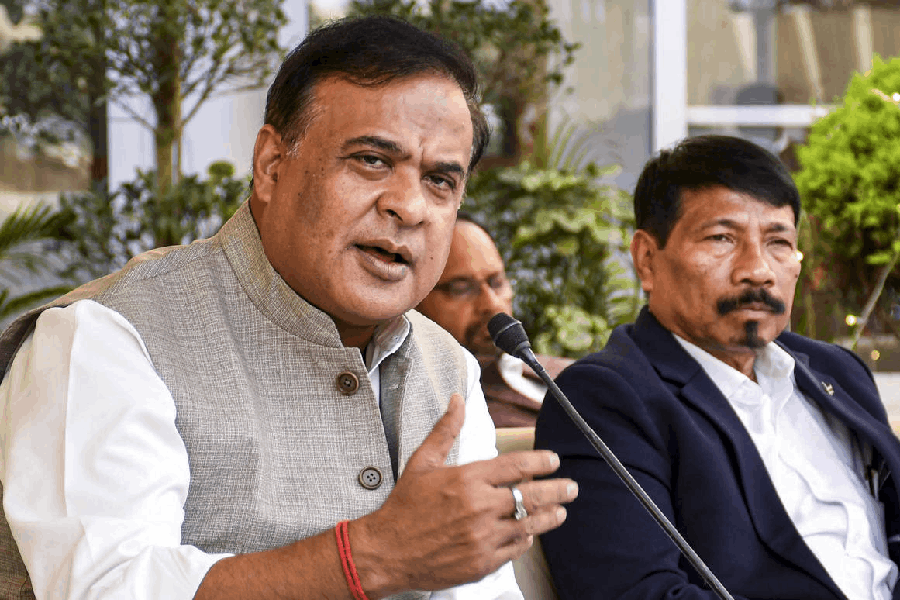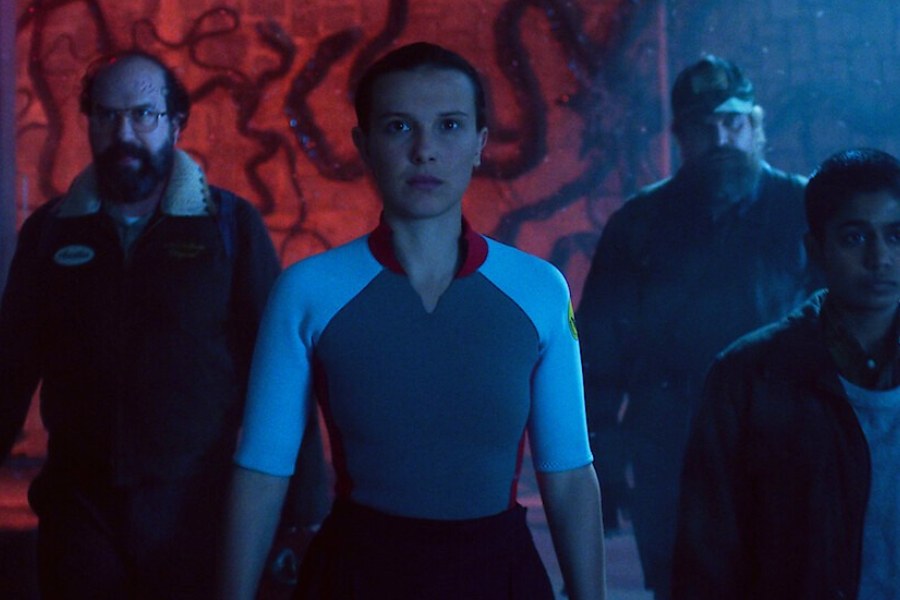New Delhi, Feb. 9: The Supreme Court had relied on circumstantial evidence in the absence of direct evidence to sentence Mohammed Afzal Guru to death but after concluding that the chain of circumstantial evidence had corroborative value “beyond reasonable doubt”.
Circumstantial evidence provides only a basis for inference while direct evidence (usually the testimony of a witness) is directly related to the fact in dispute. Circumstantial evidence needs to be corroborated to establish a link but direct evidence is taken at face value.
The Supreme Court bench of then Justices P. Venkatarami Reddy and P.P. Naolekar had rejected senior counsel Ram Jethmalani’s plea that Afzal could not be convicted as there was no direct evidence.
In the nearly 300-page judgment in 2005, the bench pointed out that “as is the case with most of the conspiracies, there is and could be no direct evidence of the agreement amounting to criminal conspiracy”.
The bench added: “However, the circumstances, cumulatively considered and weighed, would unerringly point to the collaboration of the accused Afzal with the slain fidayeen terrorists. The circumstances, if considered together, as it ought to be, establish beyond reasonable doubt that Afzal was a party to the conspiracy and had played an active part in various acts done in furtherance of the conspiracy.”
The bench listed the circumstances, the key among which appear to be proof of phone contact, a signature on a receipt for the car used in the attack, traces of chemicals in a bucket that matched the explosives found on the terrorists and the seizure of a laptop from a truck.
Phone contact
The judgment held that the analysis of the call records clearly indicated that a number that was found on the fake ID cards (of the terrorists) was that of Afzal and it was “integrally connected with the deceased terrorists”. The number had been in frequent contact with the number mentioned in the fake card of a terrorist, Mohammad, at Gate No. 1. The dates of contact ranged from November 28, 2001, to December 13, the date of the attack.
The apex court took the view that Afzal’s mobile number was in contact with the cellphone of Mohammad just before the incident at 10.40am, 11.04am and 11.22am. The attack started eight minutes later at 11.30am. The phone number of Afzal was activated only on November 6, a little over a month before the attack.
Another cellphone number found on a terrorist was also found to be in contact with that of Afzal a few minutes before the attack. It was eventually found that the number belonged to Afzal’s cousin Shaukat Hussain whose death sentence was eventually commuted because no direct role in the conspiracy could be established.
The bench said the second circumstance was a phone and a SIM card found on Mohammad’s body. Three calls were made from this phone to Afzal, according to the judgment that relied on prosecution documents.
“Not only that, there is clear evidence to the effect that the mobile instruments were being freely exchanged between Afzal and Mohammad and other terrorists. This is the third circumstance,” Justice Reddy, writing the judgment, had said.
The court said such interchange of phones would not have been possible but for a meeting of Afzal with the slain terrorists a day before the attack.
Chemical traces
Traces of chemicals were found sticking to the jar of a mixer-grinder and in a bucket at Afzal’s house in Mukherjee Nagar, according to the prosecution. The bench accepted forensic reports that the composition of these chemicals matched that in the explosives found on the terrorists.
Car signature
The identification of the body of one of the slain terrorists, Ashiq Hussain Khan, proved a turning point. Ashiq had accompanied Afzal to purchase the second-hand Ambassador car used in the attack.
“The delivery receipt of the car issued by Ashiq Hussain Khan… was signed by Afzal as a witness. The signature of Afzal on the delivery receipt is proved by the analysis of his handwriting by the expert. This is apart from the testimony of the (car dealer). In the course of examination under Section 313 CrPC (statement before a magistrate), Afzal admitted that on December 11, he accompanied Ashiq Hussain Khan,” the bench had said.
I-card laptop
The apex court said the recovery of a laptop from the truck in which Afzal and Shaukat travelled to Jammu and Kashmir was a highly incriminating circumstance against them.
“It is established from the evidence that the said laptop was used for the preparation of the I-cards and the I-cards found at the spot on the dead bodies and the MHA (ministry of home affairs) sticker found on the car were those produced from the same laptop. It admits of no doubt that the laptop, which must have been with the deceased terrorist Mohammad and others, came into the custody of Afzal (and Shaukat) soon after the incident on December 13 and such possession has not been accounted for.”


